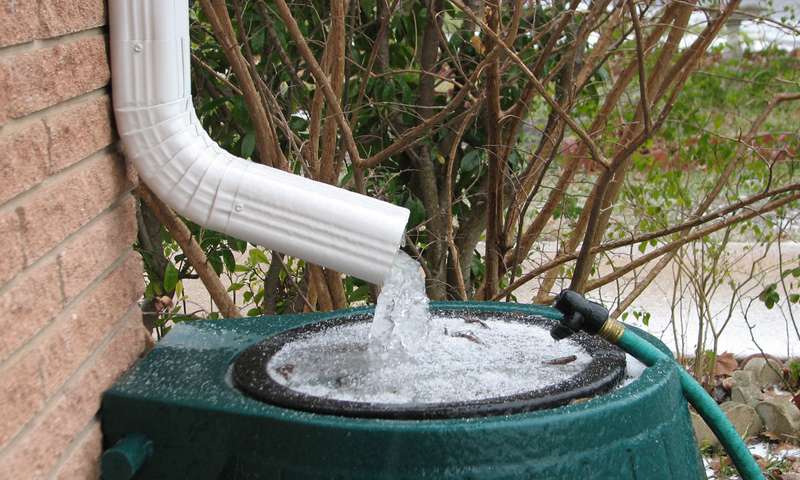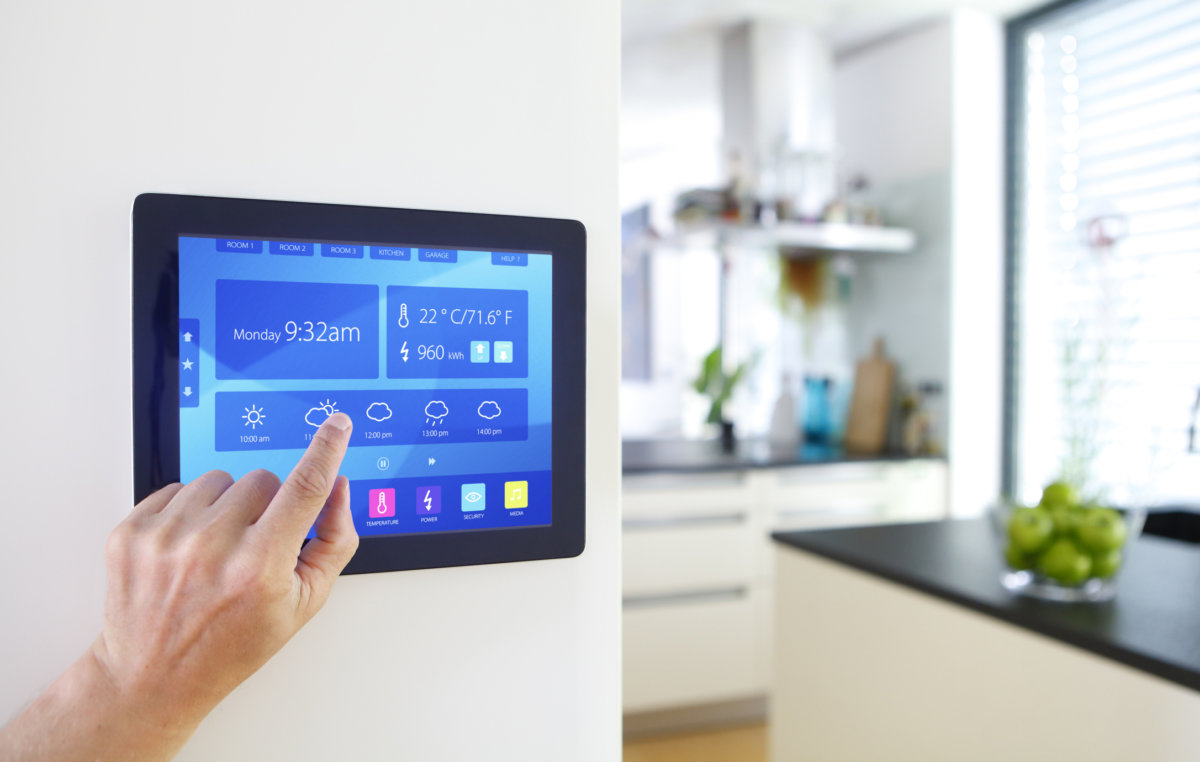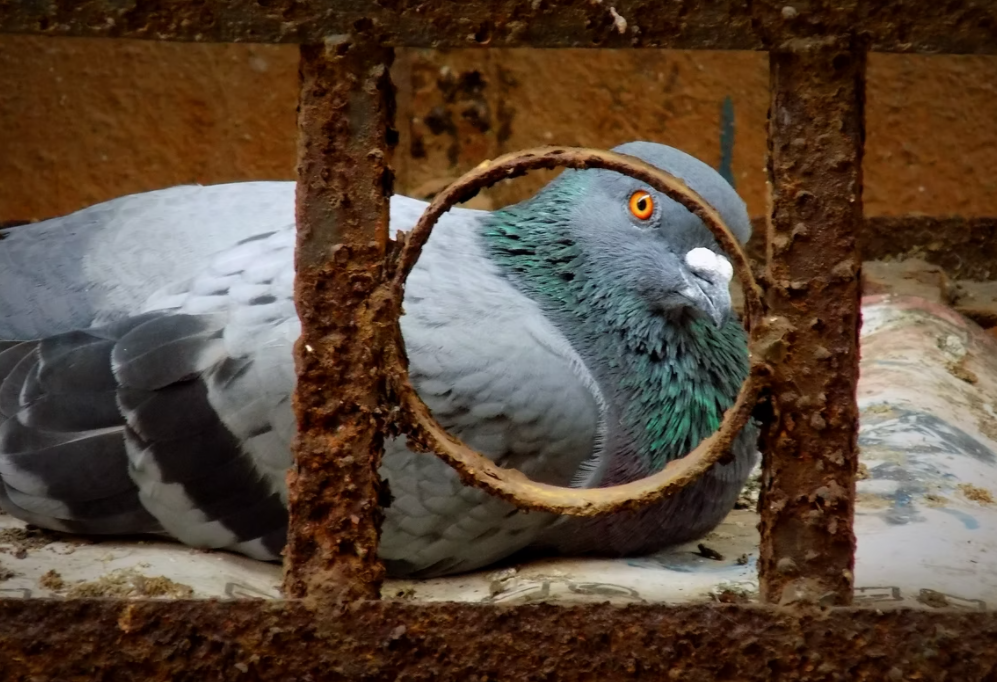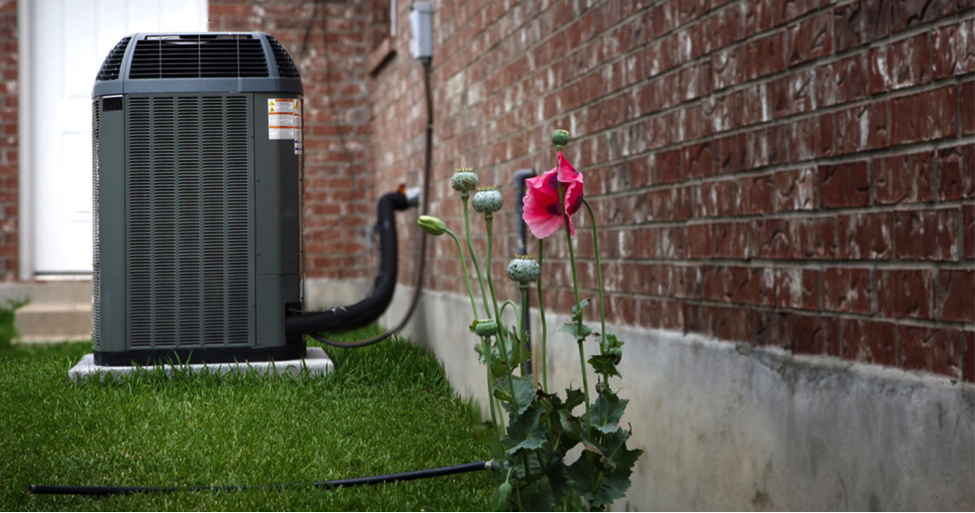Harvesting Rainwater Benefits

Save water at home by harvesting rainwater! Keep reading to find out some easy ways to start saving today!

On earth the most valuable resource we have is water. Seventy-one percent of the earth’s surface is covered with water. Out of the 71 percent only 3.5 percent is freshwater – leaving 96.5 percent of the total water volume as saltwater. A startling fact is that not all of the 3.5 percent of freshwater is safe for human consumption. In fact, only a mere (0.003 percent) of the 3.5 percent is safe for human consumption or “potable.” In the United States, drought conditions or dry periods with a low amount of adequate rainfall often plagues many areas. With uncontaminated water is needed for everyday essentials such as – food prep and consumption, drinking, washing dishes, maintaining oral and personal hygiene – it is important to conserve as much fresh, clean water as possible. The simplest method to water conservation is nothing new. In fact, it dates back to Ancient China, and that is harvesting rainwater.
Getting Started
The best thing about beginning harvesting rainwater is that the upfront cost is minimal. Just by purchasing one to two 30-gallon barrels, is a great way to slowly start. Then guide the rainwater from a gutter with a downspout to the barrels to catch and store “non-potable” rainwater.
Uses for Non-Portable Rainwater
Potable rainwater is water harvested for human consumption and needs a more complicated system to purify the water to ensure safety. Even though non-potable rainwater is not used for human consumption, collecting free water that falls from the sky certainly has many uses, can save lots of money on your water bill each month, plus, conserves precious drinking water. Some ways to use non-potable water –
-
- Watering lawns and gardens
- Washing vehicles
- Bathing pets
- Maintaining water levels in fountains and fish ponds
- Flushing toilets
- Washing laundry
- Cleaning building exteriors

Storing Non-Potable Rainwater
One thing to consider is that when collecting rainwater, you can only collect and store as much water as your collection system will hold. If you live in a dry climate or drought-ridden area, you may need to consider a larger cistern or collection system to help you collect and store more rainfall as needed. If you desire to start collecting rainwater and not sure where to start, it is best to contact a professional plumbing engineer. That way you can be assured that the system you get will meet all your property and water needs.
Conclusion
As with any endeavor that concerns your property, you always need to check all local and state ordinances and regulations that govern harvesting rainwater. While most states and cities offer incentives and encourage the practice, others are not so friendly to the concept. It is always best to cover all bases to ensure you meet all state and local codes before you invest time and money into your harvesting system.
Author’s Bio
Michael Tobias is the founder and principal of Chicago Engineers. He is a graduate of Georgia Tech class of 2004, with a Bachelor of Mechanical Engineering with honors. His innovative approach to MEP engineering comes from graduating GE’s Engineering Leadership Program, where he designed wind turbines and biofuel power plant engines. Michael’s passion within design is energy efficiency and green technology.







Leave a Comment